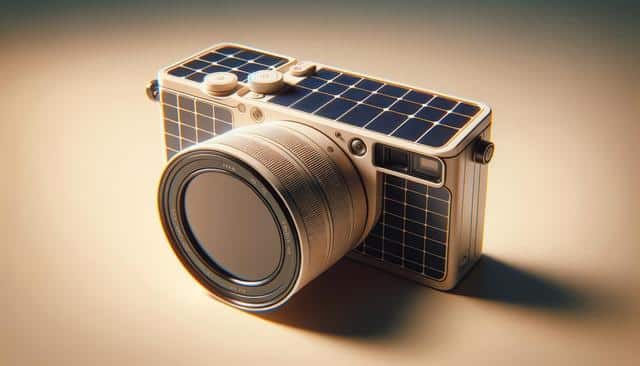The Rise of Solar-Powered Surveillance
With advancements in technology, solar cameras have emerged as an innovative solution for home and farm security. As more households seek eco-friendly and efficient ways to enhance their security systems, solar-powered cameras present an excellent option. These cameras are designed to harness the power of the sun, eliminating the need for complex wiring or dependency on electrical grids. This makes them particularly appealing for remote locations or areas where traditional power sources are unreliable or non-existent.
Advantages of Solar Cameras
Solar cameras offer a plethora of benefits that cater to the evolving needs of modern surveillance. Here are some reasons why they are highly regarded:
- Eco-Friendly: By using renewable energy, solar cameras reduce the carbon footprint associated with traditional security systems.
- Cost-Effective: Although the initial investment might be higher, the lack of electricity bills and wiring costs results in long-term savings.
- Easy Installation: Without the need for extensive cabling, these cameras can be installed with minimal effort.
- Reliable: Solar cameras can continue to operate even during power outages, ensuring uninterrupted surveillance.
How Solar Cameras Work
Understanding the operation of solar cameras can help users maximize their potential. These cameras are typically equipped with solar panels that capture sunlight, converting it into electrical energy stored in built-in batteries. During the day, the panels gather energy, which is then utilized to power the camera during nighttime or cloudy days. Advanced models also include motion detection and infrared capabilities, providing exceptional quality and clear surveillance footage even in low-light conditions.
Installation Tips for Optimal Performance
To ensure solar cameras perform at their peak, proper installation is crucial. Here are some tips to consider:
- Location: Install cameras in locations with maximum sunlight exposure. Avoid placing them in shaded areas to ensure efficient charging.
- Angle: Position the solar panels at an angle that captures the most sunlight, typically facing south in the northern hemisphere.
- Maintenance: Regularly clean the solar panels to remove dust and debris that might hinder energy absorption.
Conclusion
Solar cameras represent a significant advancement in surveillance technology, combining sustainability with reliability. Their ability to operate independently of traditional power sources makes them an attractive option for anyone looking to enhance home security. As technology continues to evolve, solar cameras will likely become a cornerstone of eco-friendly monitoring solutions, offering peace of mind and reduced environmental impact.
